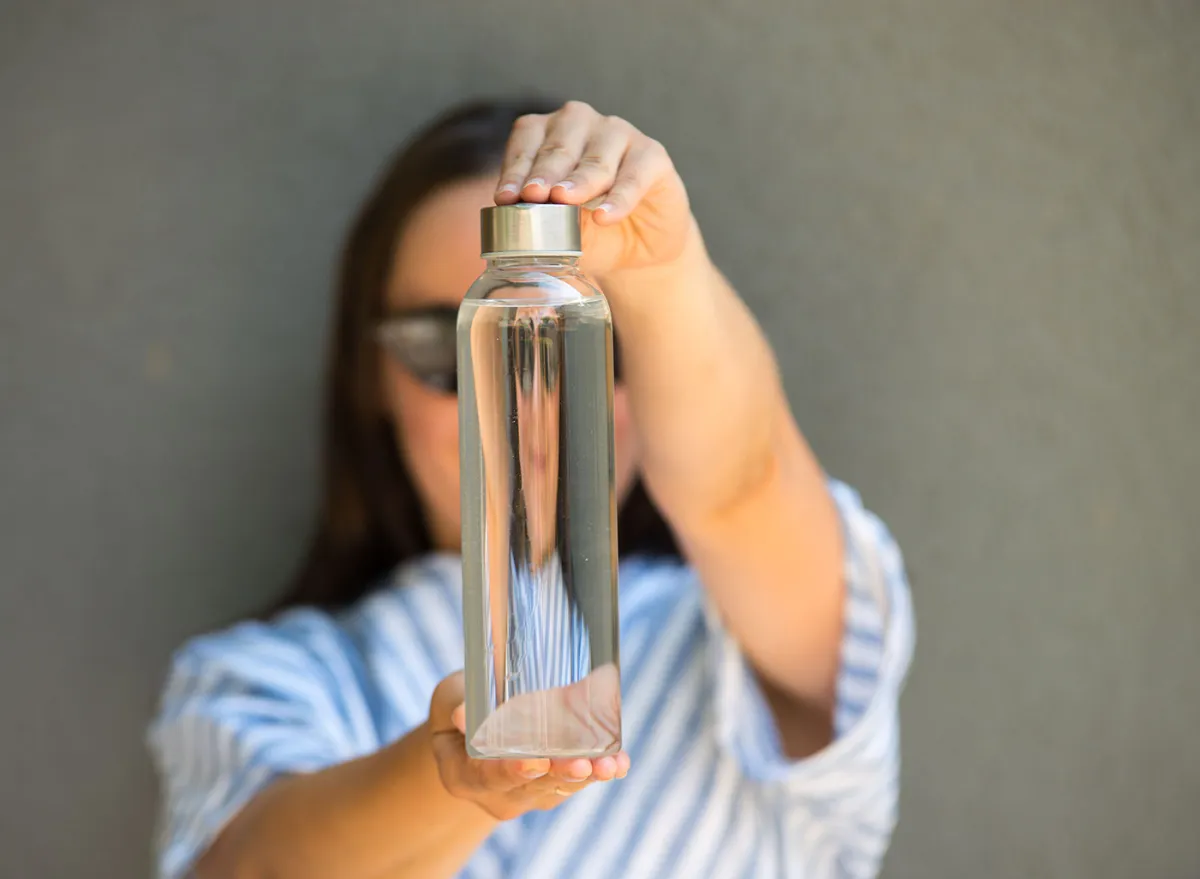Drinking enough water should be one of the easier nutrition habits to be consistent with. After all, it doesn't require any preparation and is generally easily accessible; however, it is one of the wellness habits I see adults struggle with the most. Water makes up about 60% of the adult human body and is essential to so many vital functions and reactions that are constantly occurring in your body at any given time. So, what happens when you don't drink enough water? The list here is long, but one major side effect of inadequate water intake is heat illness.
What is heat illness?
There are three different types of heat illness: heat cramps, heat exhaustion, and heatstroke. The more dehydrated you are, typically, the more severe symptoms you will experience. Here are some of the symptoms associated with each level of heat illness:
- Heat cramps: muscle spasms and cramps, often in the legs or abdomen
- Heat exhaustion: weakness, vomiting, dizziness, and elevated blood pressure
- Heatstroke: rapid pulse, hot and dry skin, high body temperature, and neurological symptoms, like slurred speech and mental confusion
As you can see, the symptoms of heat illness can get pretty serious, and may even lead to death, as dehydration becomes more severe.
How dehydration and heat illness can seriously impact your health.
The reason symptoms can become so life-threatening is that water is part of nearly every cell in your body and is required to maintain the integrity of our major organs, like the brain, lungs, and kidneys.
This is why when someone is dehydrated enough, there is potential for a slew of health issues, from headache to delirium to kidney failure, due to the wide-reaching functions of water within the body.
Tips for how to drink water to prevent heat illness.

Luckily, fluid balance is a pretty simple equation of fluid intake versus fluid output. As long as you are consuming more fluid than you lose in a day, you should be able to maintain decent hydration status.
You will find plenty of recommendations out there for fluid intake, and while there are several ways to determine your required amount of fluid in a day, a good rule of thumb is 80 ounces per day for women and 110 ounces per day for men. This encompasses all fluid, including coffee, tea, and other beverages, but at least half of your daily total fluid intake should come from plain ol' water.
One trick many people find helpful is to fill a bottle with their goal water for the day, and drink from it as they go. That way, you can more visibly see the progress you are making toward your hydration goals.
In addition to tracking the amount of fluid you consume in a day; you can keep an eye on your urine color as an indicator of your hydration status. It is totally normal for your urine to be bright yellow first thing in the morning, but as the day goes on, you should notice your urine becoming lighter in color. By mid-day, it should be very pale yellow or close to clear, and stay that way for the remainder of the day. If this isn't what you typically see happening with your body, make sure to up your fluid intake.
Lastly, aim to spread your fluid intake evenly across the day rather than just waiting until you are thirsty. Typically, by the time you are feeling significant thirst, you are already underhydrated. Be proactive by starting your day with water and set benchmarks throughout the day for continued water intake.
Takeaway
Heat illness is absolutely avoidable, even in hot and humid conditions, as long as you stay on top of your fluid intake and pay attention to the signs your body is giving you.
No comments:
Post a Comment